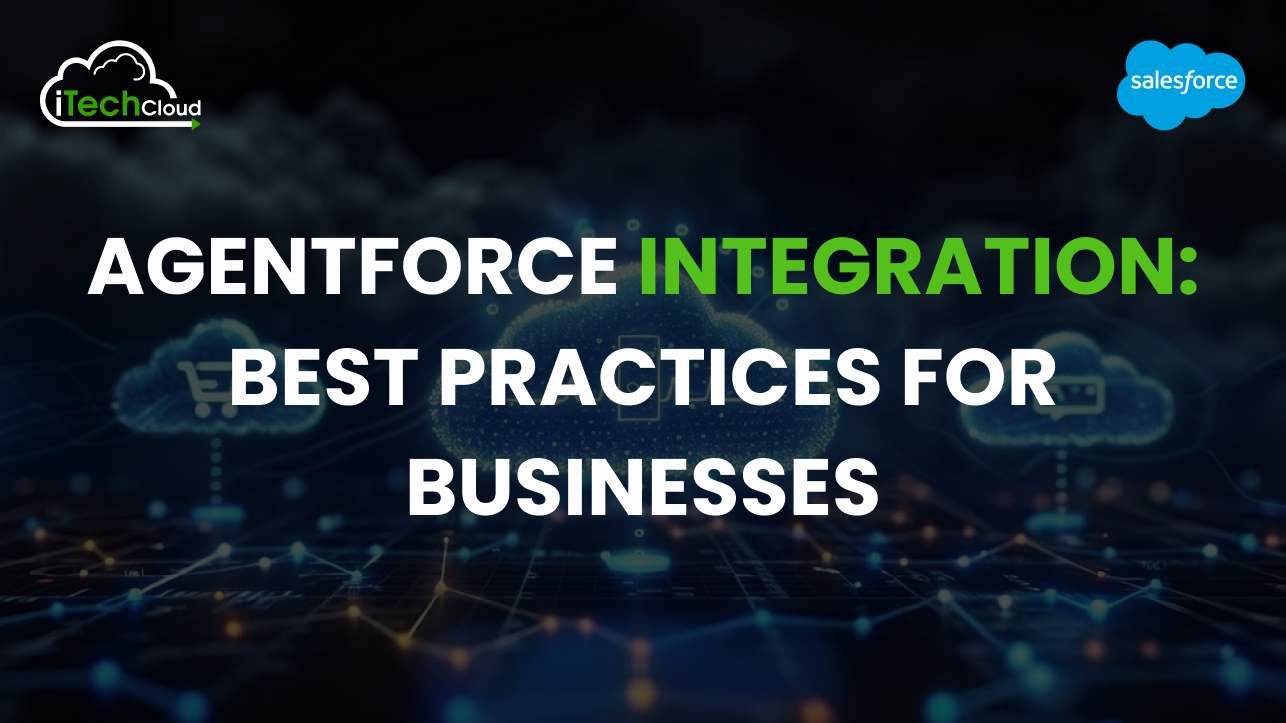Integrating Agentforce into business operations can streamline processes, improve customer engagement, and enhance efficiency. To ensure a smooth and successful integration, businesses should follow best practices that optimize system performance and align with organizational goals.
1. Define Business Goals and Requirements
Before integrating Agentforce, it is essential to identify key business needs and objectives. Determine what you aim to improve customer relationship management, lead tracking, automation, or workflow efficiency. Engaging stakeholders from different departments ensures the integration aligns with business priorities and improves overall operations.
2. Choose the Right Integration Tools
Agentforce offers various APIs, plugins, and connectors that facilitate integration with other platforms such as CRM systems, marketing tools, and customer service software. Businesses should evaluate their technology stack and select the most compatible tools to ensure seamless data synchronization and workflow automation.
3. Clean and Prepare Data
Data integrity is crucial for a successful integration. Before implementing Agentforce, businesses should:
- Remove duplicate and outdated records
- Standardize data formats across platforms
- Ensure consistency in customer and sales data
By doing so, businesses can prevent errors, improve reporting accuracy, and enhance system performance.
4. Develop a Structured Implementation Plan
A phased approach to integration helps reduce risks and minimizes disruptions. Businesses should:
- Set clear milestones and timelines
- Conduct pilot tests in a controlled environment before full deployment
- Document the integration process for future reference and troubleshooting
A well-structured plan ensures a smoother transition and minimizes the chances of operational downtime.
5. Provide Employee Training and Support
Proper training enables employees to maximize Agentforce’s features. Businesses should offer:
- Role-specific training sessions
- User-friendly documentation and video tutorials
- Continuous support through helpdesks or internal knowledge bases
Encouraging employee adoption and proficiency with the system enhances productivity and overall efficiency.
6. Monitor System Performance and Collect Feedback
After integration, businesses should track system performance using key performance indicators (KPIs) such as:
- Response times and efficiency of automated processes
- Data accuracy and synchronization quality
- User adoption rates and satisfaction
Regular feedback from employees and customers can help identify areas for improvement, ensuring continuous optimization of the system.
7. Maintain Data Security and Compliance
Ensuring data security is critical when integrating third-party systems like Agentforce. Businesses should:
- Implement role-based access control to protect sensitive data
- Monitor API performance and system uptime for potential vulnerabilities
- Regularly audit integration settings to prevent unauthorized access
Staying compliant with industry standards and regulations helps safeguard business data and maintain customer trust.
8. Utilize Automation for Efficiency
Agentforce offers automation features that can optimize workflows and reduce manual efforts. Businesses should leverage:
- Automated task assignments and reminders
- AI-driven insights for customer interactions
- Real-time data synchronization across platforms
By integrating automation, businesses can improve efficiency, reduce errors, and enhance customer experiences.
Conclusion
A well-planned and executed Agentforce integration can significantly enhance business operations. By defining goals, choosing the right tools, ensuring data integrity, training employees, monitoring performance, securing data, and leveraging automation, businesses can maximize the benefits of Agentforce and stay ahead in a competitive landscape.
More Details Here:- https://www.itechcloudsolution.com/


